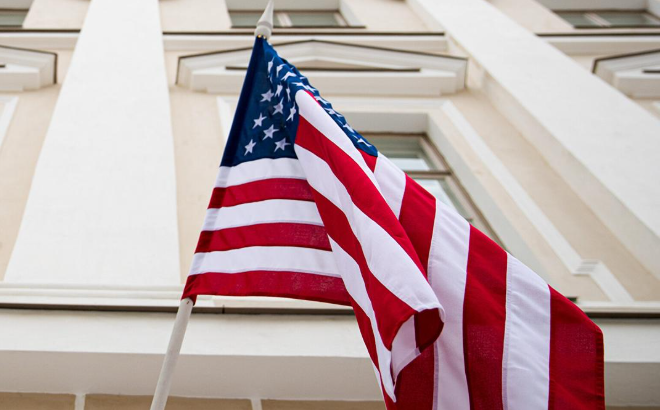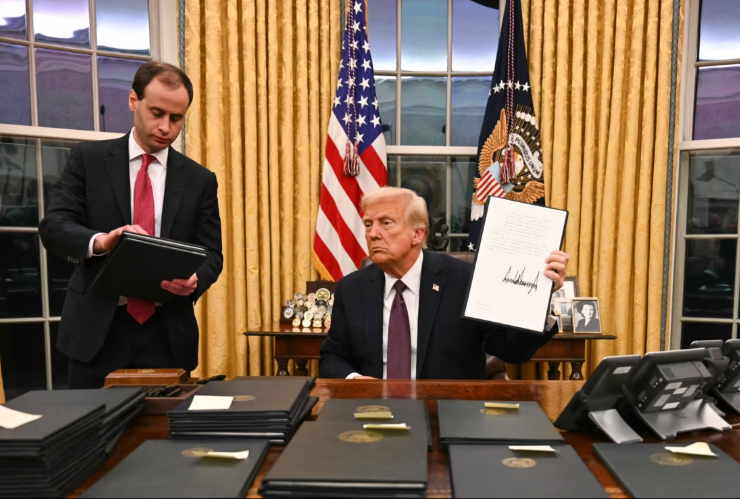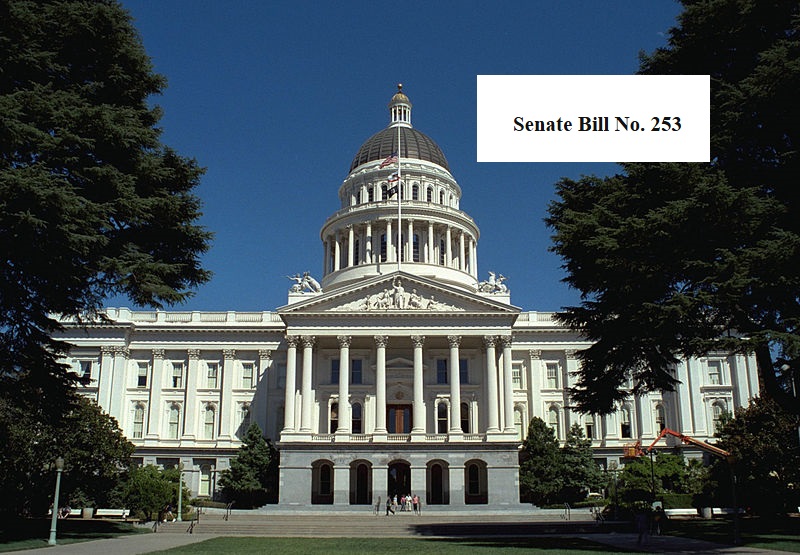24 U.S. States Reaffirm Commitment to Paris Agreement Despite Federal Decision
Despite federal changes, 24 U.S. states continue to pursue the goals of the Paris Agreement, reducing greenhouse gas emissions. These efforts are creating new opportunities for businesses in clean energy and sustainable development. Companies adapting to evolving regulations strengthen their competitiveness and ensure long-term resilience.

The U.S. Climate Alliance, a coalition of 24 state governors committed to achieving net-zero emissions, has reaffirmed its dedication to the Paris Agreement goals following President Trump's recent executive order to withdraw the U.S. from the accord. In a letter to UN Climate Change Executive Secretary Simon Stiell, the Alliance highlighted their ongoing efforts to pursue climate action independently of U.S. federal policies.
Signed by New York Governor Kathy Hochul and New Mexico Governor Michelle Lujan Grisham, the letter emphasises the states' constitutional authority to implement climate policies and their determination to continue reducing greenhouse gas (GHG) emissions. The governors assured that their climate commitments would remain unchanged, regardless of shifts in federal leadership.
Background and Ongoing Efforts
President Trump's decision to withdraw from the agreement marks the second such U.S. federal withdrawal, following a similar move during his first term. The Paris Agreement, established under the United Nations Framework Convention on Climate Change (UNFCCC), aims to limit global temperature rise to well below 2°C, with efforts to further restrict it to 1.5°C above pre-industrial levels.
Despite the federal withdrawal, the member states of the Alliance are pressing ahead with their climate goals, including a 50%–52% reduction in GHG emissions by 2030 and a 61%–66% reduction by 2035, based on 2005 levels. Initially set by the Biden administration, these targets are reinforced by robust state-level policies and significant investments in clean energy infrastructure.
The State-Level Climate Initiatives
To achieve their ambitious climate targets, the Alliance states are implementing a variety of measures, including:
- Expanding carbon markets to encourage emissions reductions;
- Introducing clean energy standards to accelerate the transition to renewables;
- Implementing methane reduction programmes across oil and gas, agriculture, and waste sectors;
- Investing in pollution control and clean energy capacity.
The states are also on track to meet their interim goal of reducing emissions by 26% by 2025. The Alliance aims to reassure the global community of ongoing U.S. climate efforts at the state level. They plan to present their progress and future strategies at the upcoming UN Climate Change Conference (COP30) in Brazil, reaffirming their active role in international climate discussions.
Implications for Businesses
State-level climate policies provide a stable regulatory environment for businesses, offering continuity amid federal policy changes. The expansion of clean energy projects presents new investment opportunities, encouraging companies to align their operations with sustainability targets. This evolving regulatory landscape calls for proactive business strategies to ensure compliance and unlock growth opportunities in a low-carbon economy.
Key Takeaways
State-level climate commitments offer businesses long-term regulatory stability, ensuring continuity despite shifts in federal policies. The expansion of clean energy projects presents significant investment opportunities, enabling companies to innovate and align their operations with sustainability targets. By adopting low-carbon strategies, businesses can strengthen their market position, enhance their reputation, and meet evolving stakeholder expectations. At the same time, staying informed about changing state-level regulations is crucial for maintaining compliance and unlocking new growth prospects in a rapidly evolving economic landscape.



